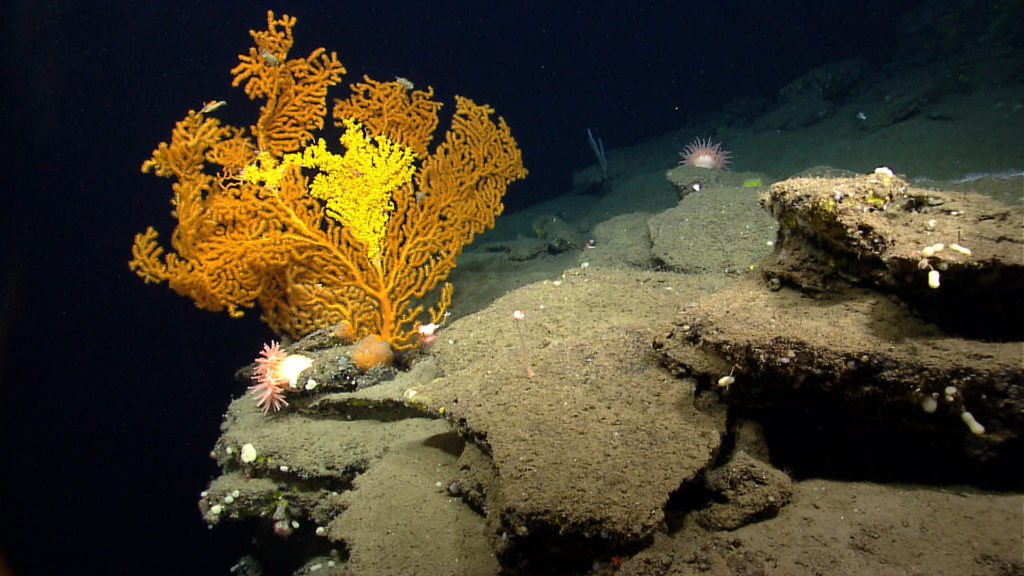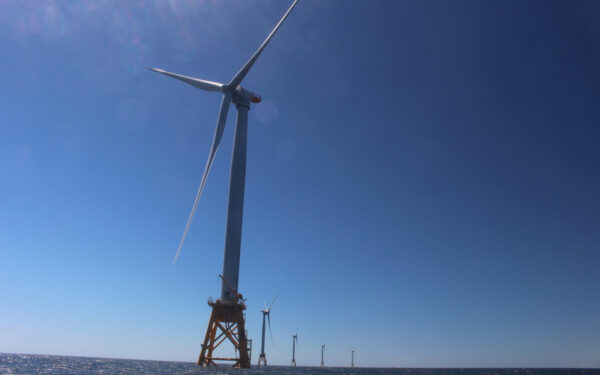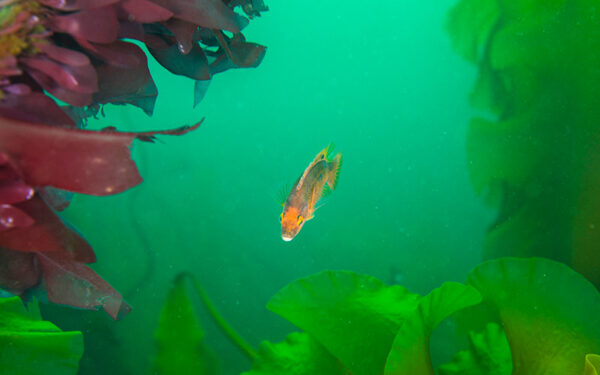
Last week, Conservation Law Foundation (CLF) filed a motion to intervene in a lawsuit brought by fishing industry groups who have challenged President Obama’s designation of the Northeast Canyons and Seamounts Marine National Monument under the Antiquities Act of 1906.
In partnership with the Natural Resources Defense Council (NRDC), the Center for Biological Diversity, and Zack Klyver, Head Naturalist for Bar Harbor Whale Watch Company (with the latter two being represented by EarthJustice), CLF intends to join the industry’s lawsuit. We’re doing so to ensure the full range of New Englanders’ views on conserving and protecting our ocean are properly before the court as it considers the fishing industry’s unfounded claims.
Because we know that the majority of us here in New England support the monument designation – including ocean-related businesses, hundreds of marine scientists, and hundreds of thousands of ocean lovers – CLF and our partners intend to defend the Atlantic’s first marine monument.
CLF has worked for many years with a broad range of stakeholders to learn about, study, and advocate for the permanent protection of special places in New England, including the Canyons and Seamounts and others like the Cashes Ledge area.
Responding to calls to permanently protect the scientifically important area, including from Senator Blumenthal and the entire Connecticut congressional delegation, President Obama designated the Northeast Canyons and Seamounts Marine National Monument in September 2016.
It was truly a historic moment for the Atlantic Ocean: these magnificent yet vulnerable treasures are protected from the mounting threats posed by commercial fishing, mining, oil and gas drilling, and other damaging extractive activities.
Conservation is Bipartisan – And American
The litigation brought by the commercial fishing industry makes preposterous claims. Most notably, that presidents do not have the authority under the Antiquities Act to designate national monuments in our ocean. Though the Antiquities Act has been used by Republican and Democratic presidents alike – President George W. Bush created the first landscape-scale marine monument – some members of the fishing industry are attempting to frame these presidential acts as a misuse of power. They claim that the fishery management councils, which were created to manage taking fish from the ocean, should be in charge of protecting the entire broad range of the ocean’s biodiversity.
Nonsense. Presidential use of the Antiquities Act is a long-established, celebrated executive power with bipartisan support, used to protect America’s incredible land- and seascapes, historic sites, and areas of scientific importance. To this day, there is no other effective legal mechanism that can provide comprehensive and permanent protection of our ocean.
This extraordinary area is remote to most humans, but incredibly important for endangered whales and turtles, centuries-old coral forests, and Atlantic puffins in search of food and overwintering grounds. New marine species are found with every exploration.
That these submerged mountains and ‘Grand Canyons of the ocean’ happen to be underwater doesn’t make them any less majestic or less in need of protection. These areas have not yet borne the full brunt of fishing gears because of their remoteness and depth – but that will not last. It’s up to all of us to continue to advocate for protection of these special places. This monument is the only area fully protected in the Atlantic Ocean!
The Science Speaks for Itself
A healthy ocean and its ecosystems are vitally important to our future. Every other breath we take uses oxygen produced by the ocean. These rare, wild places are fundamental to understanding critical ocean processes and preserving them for the benefit of future generations.
This monument area was carefully and deliberately developed. Marine scientists from regional aquaria presented a body of scientific research documenting the unusually high biodiversity and a breadth of habitats contained in and around Cashes Ledge and the offshore canyons and seamounts area.
President Obama made significant changes in the boundaries of the proposed monument area in response to comments from the fishing industry. Two nearby canyon areas and the Cashes Ledge area met the same rigorous scientific standards but were not included in the final designation. The nearly 5,000-square-mile area Northeast Canyons and Seamounts Marine National Monument will provide huge benefits for the fish, habitats, and other marine life there. If anything, it’s not large enough!
The Benefits of Conservation
Fishing activity within these remote locations has been minimal. In fact, setting aside some areas where populations can be restored will ultimately help the fishing industry and benefit the economy. A recent report shows marine protected areas off the coast of California are seeing larger and more diverse fish populations – which is exactly what we need here in New England to bring back Atlantic cod and other struggling fish populations.
When all is said and done, though, it seems some in the fishing industry are attempting to stake claim to the entire ocean. That’s comparable to the forest industry claiming rights to log all the U.S.’s national forests and wilderness areas. It sounds silly, because it is.
The ocean and this marine monument belong to all of us. Fishing is just one of the important uses of our ocean; scientific study and wilderness are just as important. We must honor the scientific and ecological value of our ocean and keep its treasures protected, for posterity’s sake.




